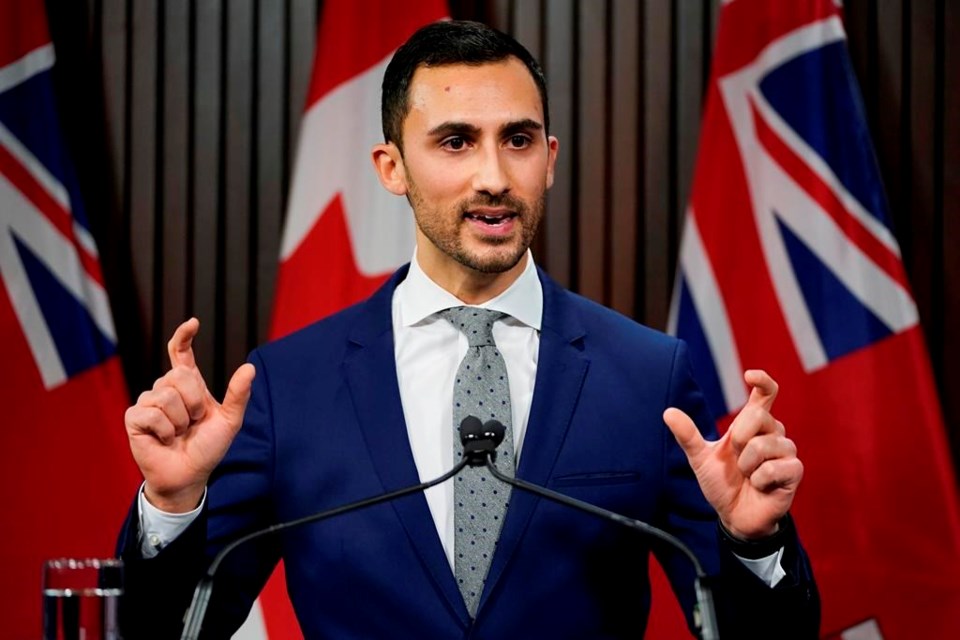Premier Ford announced on March 31st that Ontario schools would remain closed until at least early May and assured families that the Ministry is “working closely with the school boards to find ways to help students complete the school year, so they can advance to the next year and earn credits and graduate.”
In conjunction with the extended school closures, Education Minister Lecce announced a new teacher-led online learning program for students that will include graded work and report cards for all students. Lecce said, “We’re embracing all forms of student-teacher connectivity based on the student’s access to technology, meaning one way or another, by printed materials or tablet, every child should and will be able to continue learning through the curriculum supported by their teacher.”
As school boards and teachers work with the Ministry to prepare for this new teacher-led online learning reality, Fix Our Schools found the following thoughtful insights from researcher Brené Brown about “distance learning”:
“After 20 years, every online class I teach is still a new experience for me. You can take all the classes on distance learning and get a Ph.D. in distributed pedagogy, but here’s what I know: Sometimes it works and sometimes it does not. And, it mostly works if you can be nimble and change course.
My three big key insights for distance learning are:
- Use the first few days to build a container. NO content teaching. Just set up the ground rules together in a way that lets students experience some of the functionality of the classroom. Practice raising hands, keeping yourself on mute, changing how you see each other. “Let’s work together to create a space that feels brave, safe, and connected. This is new and awkward for all of us – including me. We can start with a list of what’s ok in here and what’s not.” Maybe you can even start with a check-in: Give us one word that describes how you’re feeling about school being online? Great practice of speaking and muting and following along.
Anxiety shows up in weird ways when you’re teaching online. And, people don’t understand the norms. Set the norms so no one takes their computer to the bathroom. (It happened. Twice.) We want everyone to be seen and belong, and that means setting norms and expectations that are co-created with the class. - Do not assume every student has the same attention span, the same level of wi-fi, access to private space, and the same number of supportive people in their homes. We have to check our expectations and privilege. We want everyone to be seen and belong.
- Small chunks. No more than 30 minutes online. You can meet up several times a day, but the best teachers in the world can’t hold attention longer than that. Think about the research that went into TED setting an 18-minute limit for their talks. That’s all we can take sometimes. You can break kids into small groups for a lengthy assignment, but for the big classroom, they will start to drift after 20 minutes. After 30, they’re gone. Heck, I’m gone.
TEACHERS – we love you! In-person. Online. Thank you.”
Brown also includes a note for parents:
“I get how hard this is. It’s overwhelming. Some of us are very ready for virtual school to start up and some of us are scared. However weird the experience may be, we need to partner with teachers to try to make this work. LOTS and lots of grace.”
Thank you for the comments and questions on our first Unlocking Us podcast episode on FFTs (effing first times).
My thought in a new article: Collective Vulnerability, the FFTs of Online Learning, and the Sacredness of Bored Kids. https://t.co/kpLSz6jeeb pic.twitter.com/3z9K84cLPU
— Brené Brown (@BreneBrown) March 22, 2020
We hope that the Ministry, School Boards, teachers, and parents can glean something useful from these insights as we all work together to do what is best for Ontario’s students in the weeks ahead.
Grace. Lots and lots of grace. Indeed.


